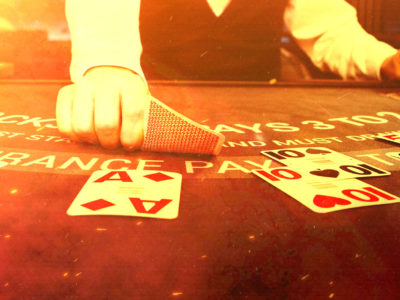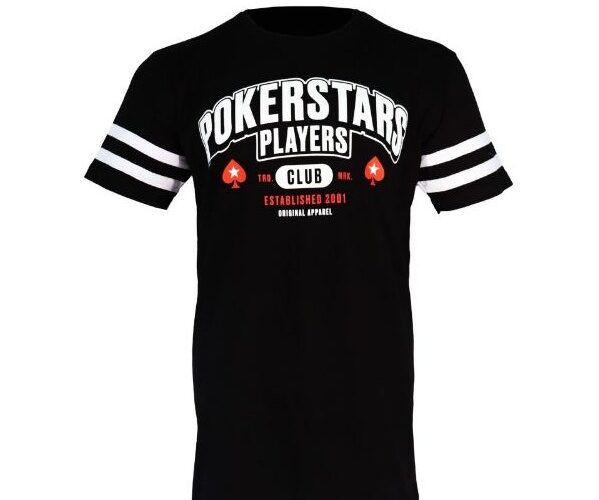We can’t all be high rollers. At least not right away.
But on PokerStars you don’t need the big bankroll to act like one. At least not during the MicroMillions series.
MicroMillions is one of those series that puts big, competitive tournaments, with big guarantees, within the reach of even the most casual player.
Lots of tournaments. Lots of low buy-ins.
The 2023 series has a schedule that’s 208 events long, running non-stop to Sunday 16 July, with more than $4 million guaranteed. And this is MicroMillions. Buy-ins start at $1.10.
There’s a wide variety of tournaments too, from hyper turbos, to long deepstack events and plenty of PKO’s meaning you could make your buy-in back even if you don’t make the money. And, with the buy-ins being low, it’s the perfect time to branch out from NLHE or PLO and try some HORSE, Razz or Badugi without breaking the bank.
Check out the full MicroMillions schedule here.
Small buy-ins, big stakes
But like we said. MicroMillions might have low buy ins, but it has the swagger of a bigger series.
Events attract large fields and that creates some seriously big prize money. And why shouldn’t they? They’re taken seriously even by players usually seen at the bigger event of the tournament lobby.
So what can you do to help make MicroMillions a success? Especially as those big ROIs will make the competition difficult?
Well, we can recommend PokerStars School‘s Dave Roemer‘s four-part series of strategy articles. In those you’ll find tons of useful advice to help you navigate those massive MicroMillions fields.
MAIN PAGE
Start by sizing up your opponents
Remember, Micro stakes tournaments typically attract a wide range of players, including inexperienced players who aren’t necessarily the most skilled. So your opponents are an eclectic mix. Getting an idea of who you’re up against is key.
Dave has a detailed article describing different ways you can profile opponents in these large field, low buy-in tournaments.
He’ll teach you how to identify the loose-passive chasers, the maniacs, the nits, and the newbs.
All of which can help you choose an appropriate strategy for playing back and ensure you’re playing optimally where you can.
How to play against different stack sizes
From there Dave shifts from the early to the middle stages of the tournaments with an article offering advice about how to play (and play against) different stack sizes.
During this part of the tournament, stack sizes can vary wildly.
Sometimes the stacks around the table can make opening a medium-strength hand a good idea.
Then there are those other times when you should just fold and avoid having to decide what to do when a short stack three-bets all in.
Switching strategy once the bubble bursts
For the third part of the series, Dave moves on to discuss how strategy changes once the money bubble bursts and the big pay jumps start coming.
Sure, just getting to this stage might feel like an accomplishment. But once you’re there you don’t want to bust early.
So Dave discusses when it makes sense to fold during the mass exodus of min-cashers and when you should be trying to chip up with steals and re-steals.
He also talks about how your strategy can shift once you’ve accumulated a relatively big stack that you can use to pressure others.
Smashing the final table
Finally, Dave shares some useful final table strategy in micro stakes tournaments.
Some players only dream of getting this far. But when it happens you need to stay focused to give yourself the best chances of making MicroMillions not just a success, but memorable.
Here is where you can again try to categorize your opponents, just like you did at the start of the tournament.
Figure out which ones are new to final tables and might be feeling the pressure, looking mainly just to survive long enough to ladder up to the next pay jump.
Also figure out who is playing to win. Because it’s not always everyone.
You can make these determinations by observing your opponents’ actions, their stack size movements, and even their chatbox chatter (if there is any).
You’ll want to adjust your strategy depending on which group your opponent falls into, but as Dave explains, you can find ways to attack both the “folders” and the “playing to win” players.
Don’t miss out
That’s a lot to take in without clicking through to read the articles in full.
But you’ll be more than well briefed on the different stages of a micro stakes tournament if you do, so take some time to go through each.
Time to make the most of it.
Good luck!
Back to TopView Other Blogs




















